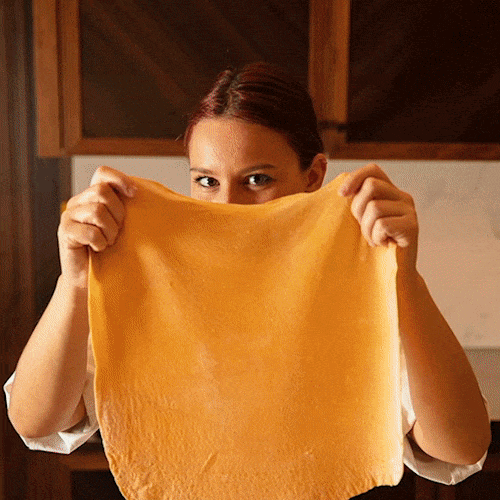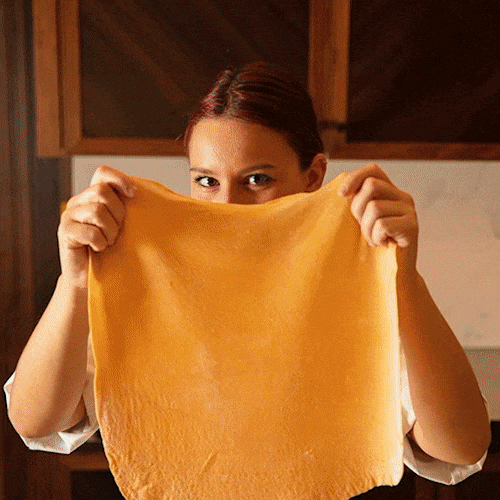As the younger generation begins to discover the fusty world of watch collecting, prices for classics are soaring. Some Rolex, Omega and Patek Philippe models have doubled in value in just a couple of years. If properly cared for, a good mechanical timepiece can be passed along from generation to generation. So, here are six easy pieces of maintenance to ensure your watch collection keeps on ticking through the years.
1/ Keep Your Watch Looking The Business
While most new timepieces have scratch-resistant sapphire crystals, older models and watches with retro aesthetics such as the Omega Speedmaster Professional or the Panerai PAM00372 have acrylic ones. Although acrylic is not the most robust material, it can be polished using the pro-choice Polywatch - a product usually used to clean polycarbonate car headlamps - or with metal polish, such as Brasso. A watch polishing kit will include abrasive cloths in varying grades of fineness to restore different finishes. Bear in mind, though, a collectible vintage watch will be desirable in its original unpolished condition. This doesn’t mean, however, that you shouldn’t wipe down the band and the case to remove any dirt or dust with a soft damp cloth.
2/ Wind It Up Every Day
A mechanical watch is made for everyday use, and keeping it still for long periods might cause part lubricants to congeal. Ideally, manual wind-up watches should be wound at the same time every day as consistency helps them work best. It makes sense to do this before putting it on, or the crown might put pressure on the movement from the wrong angle, causing damage. It is important to not wind a mechanical watch beyond resistance as overdoing this might cause the mainspring to break. The mainspring on automatic (or self-winding) watches is wound by the nature of motion on the wearer’s wrist. If your automatic watch doesn’t get much wear, consider a watch winder - it will ensure it works well, and also proudly display your timepiece.
3/ Understand Water Resistance
Whether you enjoy scuba diving, extreme fishing, or just messing about at the seashore, you should be aware of your watch’s limits. A watch may be water-resistant up to 50 metres, for instance, but it still might not be wise to wear it for snorkelling because of the rapid change in pressure. ATM (atmosphere) is the measurement used to explain just how much pressure the watch can withstand, with 1ATM equals roughly 10 metres. Typically, the only thing standing between your watch and water damage is a small seal made from silicon or rubber. Over time these dry out, losing their elasticity - and thus the ability to do their jobs. They should be checked every couple of years or two by a specialist. If your watch is not water-resistant, it can still handle small splashes of water - but it’s best to avoid as much as possible since water can weaken leather straps.
4/ Don’t Take Your Watch to The Spa
Most mechanical watches will be fine in a torrential downpour, but not in swimming pools or whilst showering. Even if the watch might be waterproof up to 5ATM or more, chemicals found in pools, such as chlorine, as well as soaps and shampoos used when showering, might cause it damage. Moreover, extreme temperature change - for example, wearing it in the sauna and then running outside to extreme cold -might cause watch parts to expand, thus damaging the movement. Extremes of temperatures might also lead to condensation inside the case, or cause the lubricants on watch parts to coagulate.
5/ Avoid Shocks, Magnets and Chemicals
Delicate parts on mechanical watches can break if they get a sudden shock. You may ask yourself if you need to wear that Breitling Navitimer to chop logs for the fire, say, or to bicycle over cobbles. Less obviously, placing a watch close to a magnet can affect its timekeeping as magnetism can cause the spirals of that delicate hairspring to “stick” together, shortening the spring. This means the watch could run fast, slow, or even stop. In other words, watches should not be kept near TVs, speakers, or iPads. Cleaning products and colognes should also be avoided as they can damage cases and gaskets, as well as leather or fabric straps.
6/ Service, Service, Service
A watch should be serviced every few years. During a full service, a watch’s case will be broken down into its components and given a deep ultrasonic/steam clean. The movement is dismantled, and each part is cleaned in an ultrasonic watch cleaning machine before being inspected for wear and damage. Significant scratches and dents are removed on case and bracelets.
Your lifestyle manager can assist in maintenance and sourcing for all of your watch needs.




